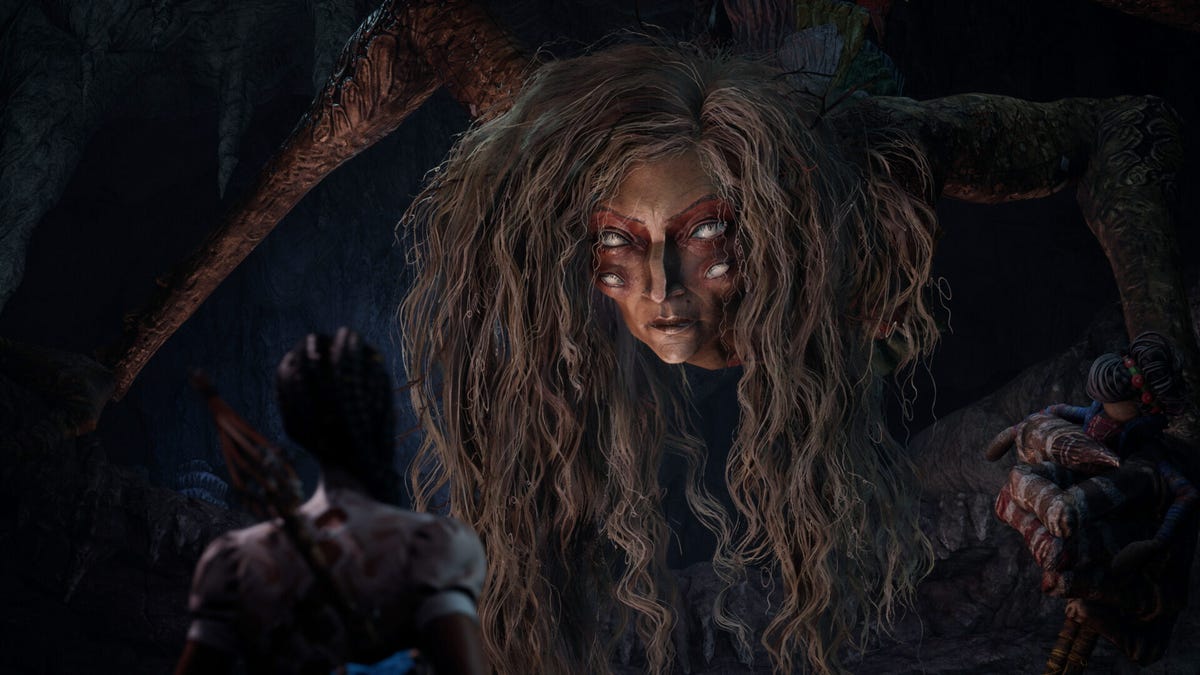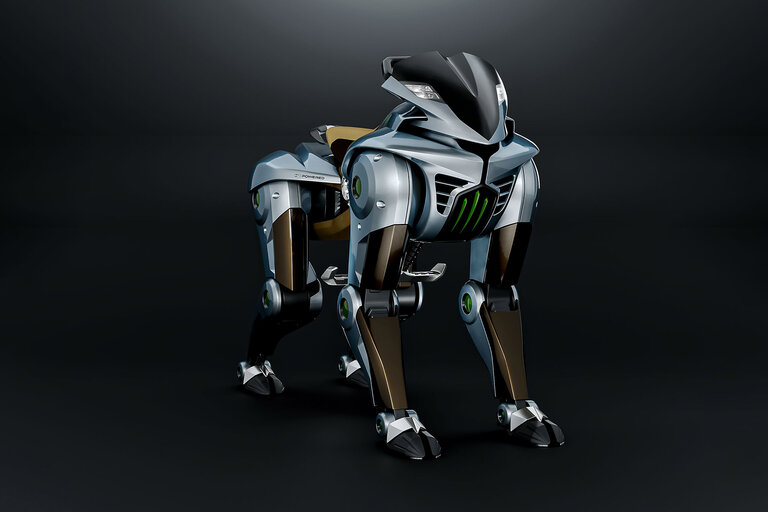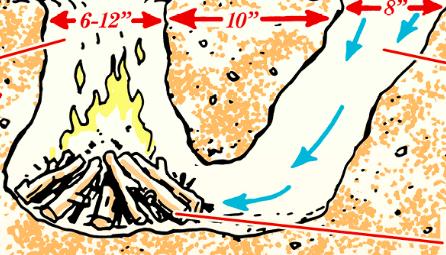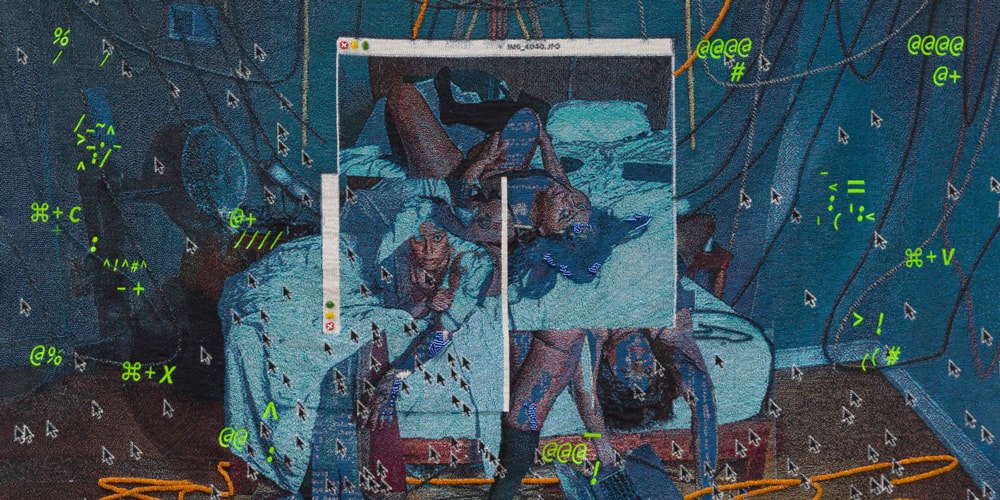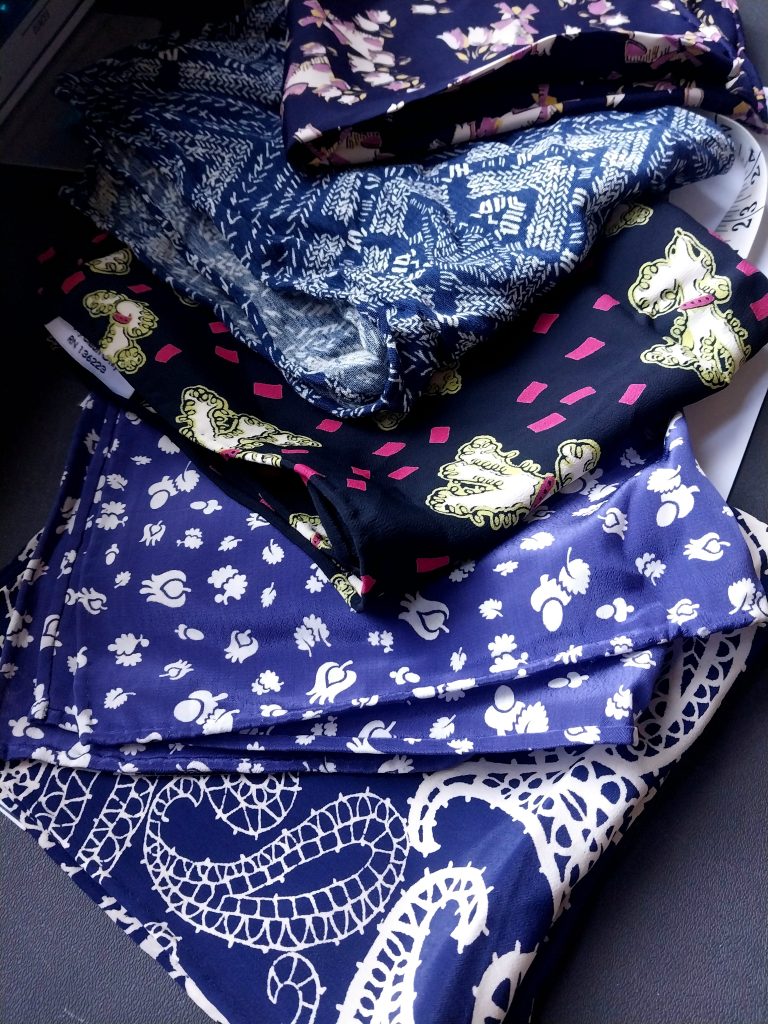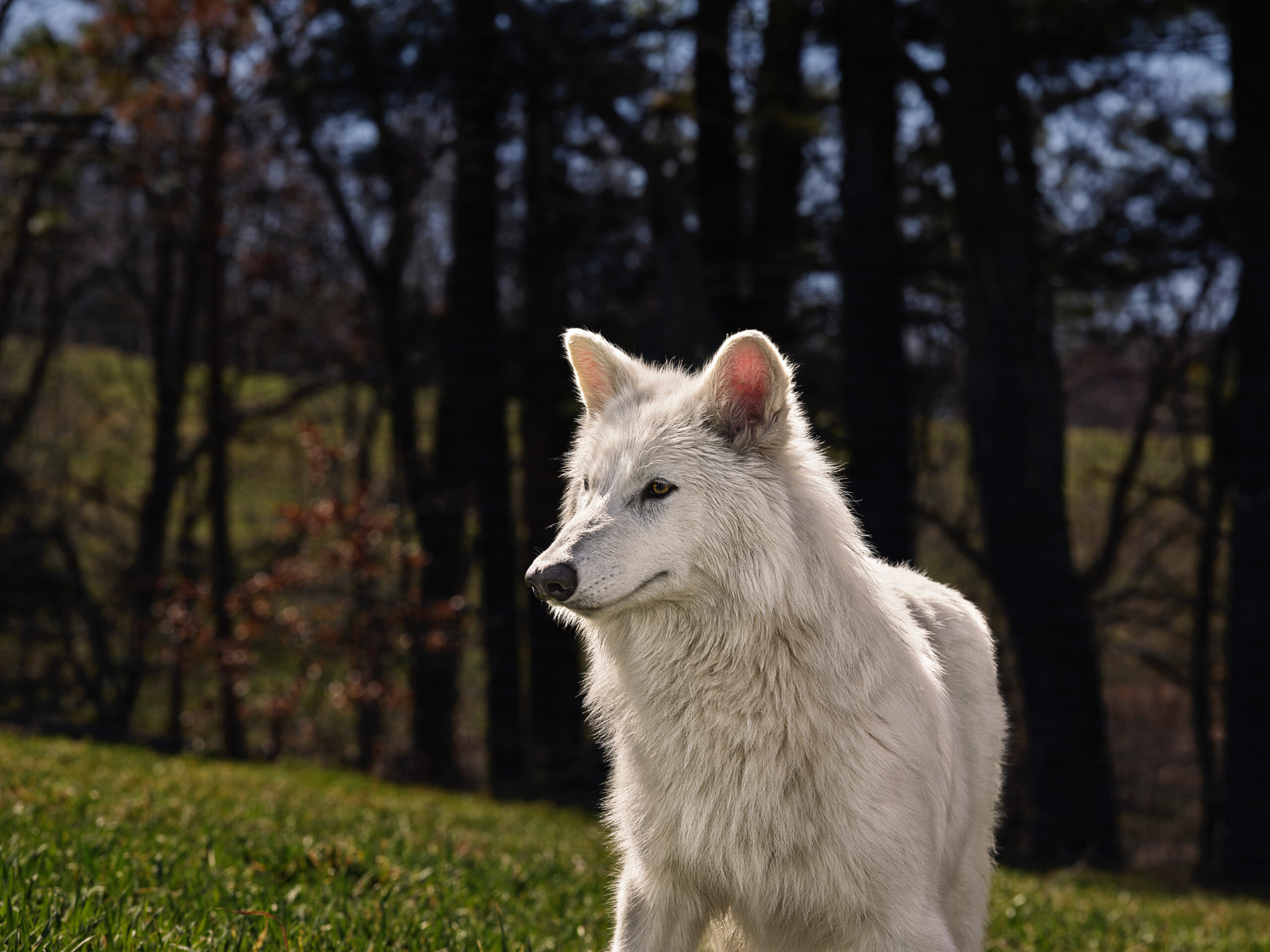Move Over Game of Thrones, The Real Dire Wolf Is Back!
Nearly 10,000 years ago, the last dire wolf to roam the plains of North America echoed a final howl across the land. Afterward there was only silence from this once prolific apex predator. That is until October 2024. For that was the month Colossal Biosciences had its biggest breakthrough yet in their ambitious de-extinction efforts. […] The post Move Over Game of Thrones, The Real Dire Wolf Is Back! appeared first on Den of Geek.
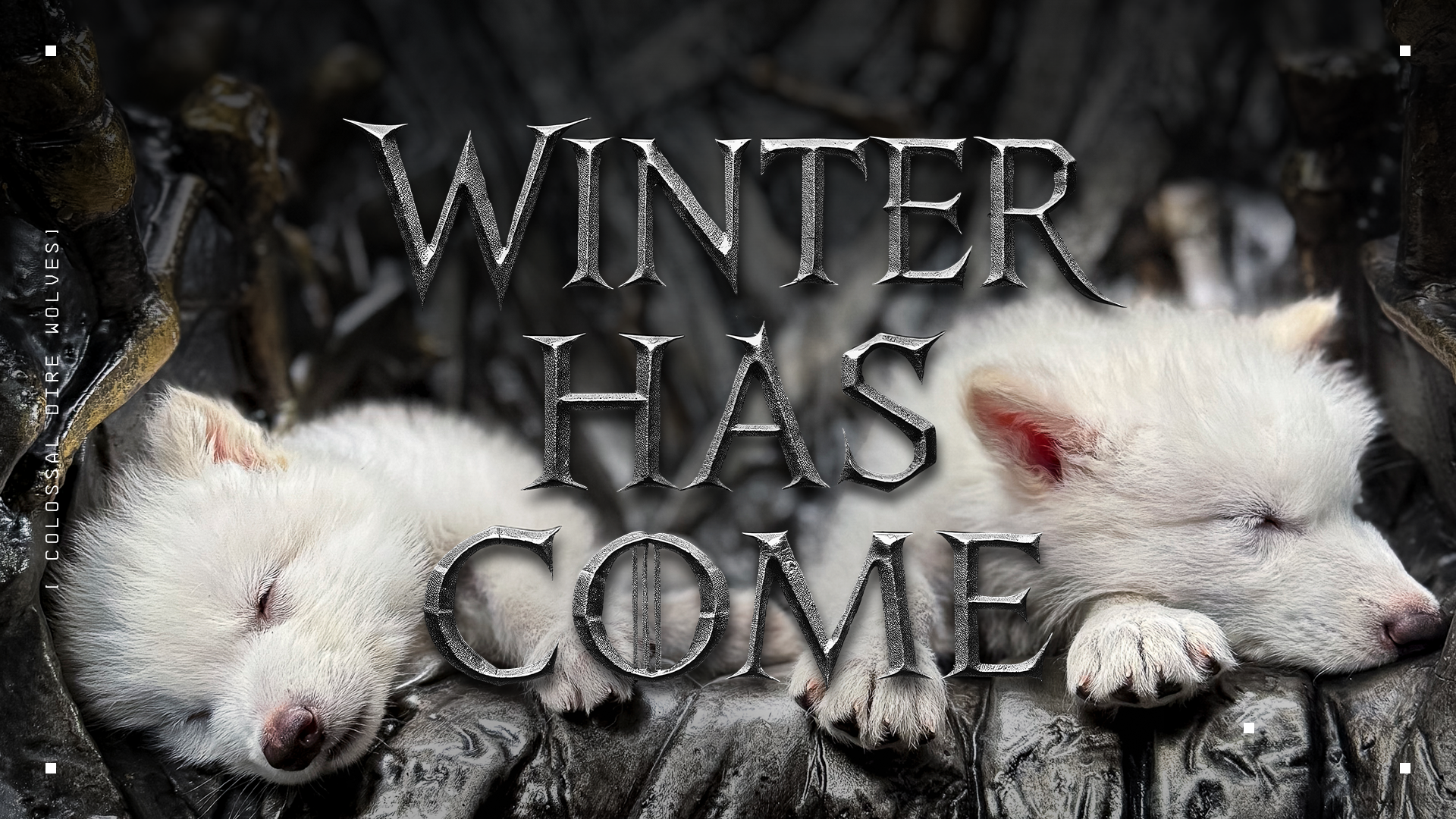
Nearly 10,000 years ago, the last dire wolf to roam the plains of North America echoed a final howl across the land. Afterward there was only silence from this once prolific apex predator. That is until October 2024. For that was the month Colossal Biosciences had its biggest breakthrough yet in their ambitious de-extinction efforts. It was the month a pair of dire wolf brothers, the aptly named Romulus and Remus, raised their heads and bayed in a Texan laboratory.
According to Colossal CEO Ben Lamm, filmmaker Peter Jackson wept when he saw a video like the one below of the snow-white pups howling. It was the first time in millennia anyone had heard such a cry.
Indeed, the return of the dire wolf is an extraordinary breakthrough for Colossal and the future of gene-editing and CRISPR technology. When we spoke with Lamm last week ahead of the announcement, he acknowledged it took them all of 18 months from the beginning of the process of exploring whether they could bring back the dire wolf to the birth of Romulus and Remus last year—since then a third of at least eight planned wolves was also born. She would be Colossal’s first female dire wolf: Khaleesi.
“People say, ‘Why didn’t you name her Lady?’” Lamm muses with a smile. “Well, Lady died, and that’s sad. We didn’t want to have that.”
Lamm is of course alluding to the fate of one of the six dire wolves that appeared in George R.R. Martin’s literary A Song of Ice and Fire book series and its iconic television adaptation, Game of Thrones. And that’s because for centuries the dire wolf has come to represent an almost mythical creature, existing only in the imagination of fantasy-leaning minds like Martin or the game-makers of Dungeons & Dragons. Some may even be surprised to learn the species existed at all during the Pleistocene and Holocene epochs, living between roughly 125,000 and 9,500 years ago during the last great Ice Age when it hunted mastodon and mammoth, and giant sloths across North and South America.
Colossal’s ability to bring the creature back was a significant breakthrough with the same technology the company used to create the so-called woolly mice, a new species of rodent whose genetics were edited to duplicate (or some might say imitate) the characteristics of woolly mammoths. Colossal has also stated since the reveal of the woolly mice last month that the company aims to use the same technology to edit the genomes of Asian elephants to recreate a version of the woolly mammoth by 2028.
The dire wolf, according to Lamm, was made concurrently when Colossal reconstructed the complete genome of the dire wolf using DNA from fossils dating back 11,500 and 72,000 years, respectively.
“I think that shows the robustness of our tools and process, and team,” says Lamm. “I think it also shows the thoughtfulness of taking an [11,000-year-old] tooth and 70,000-year-old skulls and making puppies. And we did it in 18 months.”
The ancient dire wolf genomes were compared to other modern canid species, which Colossal scientists used to discover divergences in size, shape, and vocalization—and which they then recreated in the lab. The techniques have also led to discoveries hitherto unknown about the original dire wolves, such as the fact that not only are all dire wolves likely to be white-furred—which scientists could speculate on given the lack of genetic diversity between samples taken 60,000 years apart—but that they also have luscious manes.
Suddenly what was the realm of fantasy, or science fiction, is startling scientific fact. It’s an epiphany that even George R.R. Martin recognized when he was first shown the dire wolves by Lamm over Zoom—and then flown by Colossal to the 2,000-acre nature preserve Romulus, Remus, and Khaleesi are currently residing upon.
“I felt inauthentic not showing it to you, because while lots of people know about dire wolves, you are the person who made dire wolves popular,” Lamm recalls telling Martin during their first chat. “And he took his glasses off, he started tearing up, and he just said, ‘These are incredible… I have the luxury of writing about magic, but you, Ben, have created magic.”
A handful of days later Martin was holding the dire wolf they call Romulus in his arms.
Since then the dire wolves have been photographed on an Iron Throne replica as seen below (a personal set-piece owned by Peter Jackson, which he donated to Colossal). They have also been revealed to Kit Harington. Lamm tells us the plan is also to possibly name one of the next male dire wolves birthed Ghost.
So yes, the Game of Thrones influence on these dire wolves is strong. However, Thrones is just a fantasy, as fleeting as a dream of spring. The return of the ancient dire wolf—or at least a modern approximation of it—is now a scientific reality. This will have reverberations long after a hundred winters have come and gone.
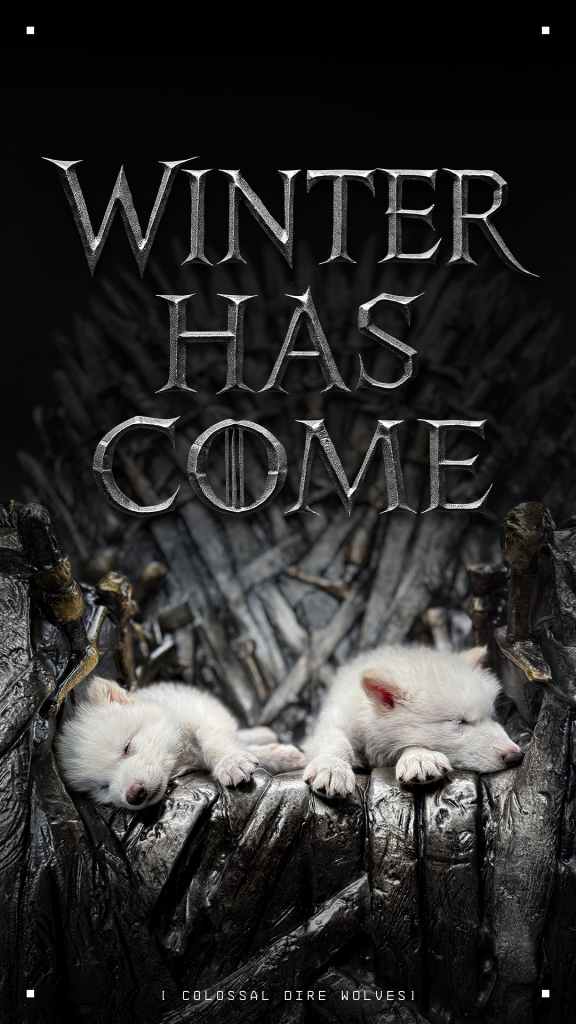
Stay tuned at Den of Geek for our full scientific-oriented chat with Lamm tomorrow!
The post Move Over Game of Thrones, The Real Dire Wolf Is Back! appeared first on Den of Geek.







![Isabelle Fuhrman Teases ‘Orphan 3’; “Wilder and Crazier” [Exclusive]](https://bloody-disgusting.com/wp-content/uploads/2022/08/first-kill-111.png)














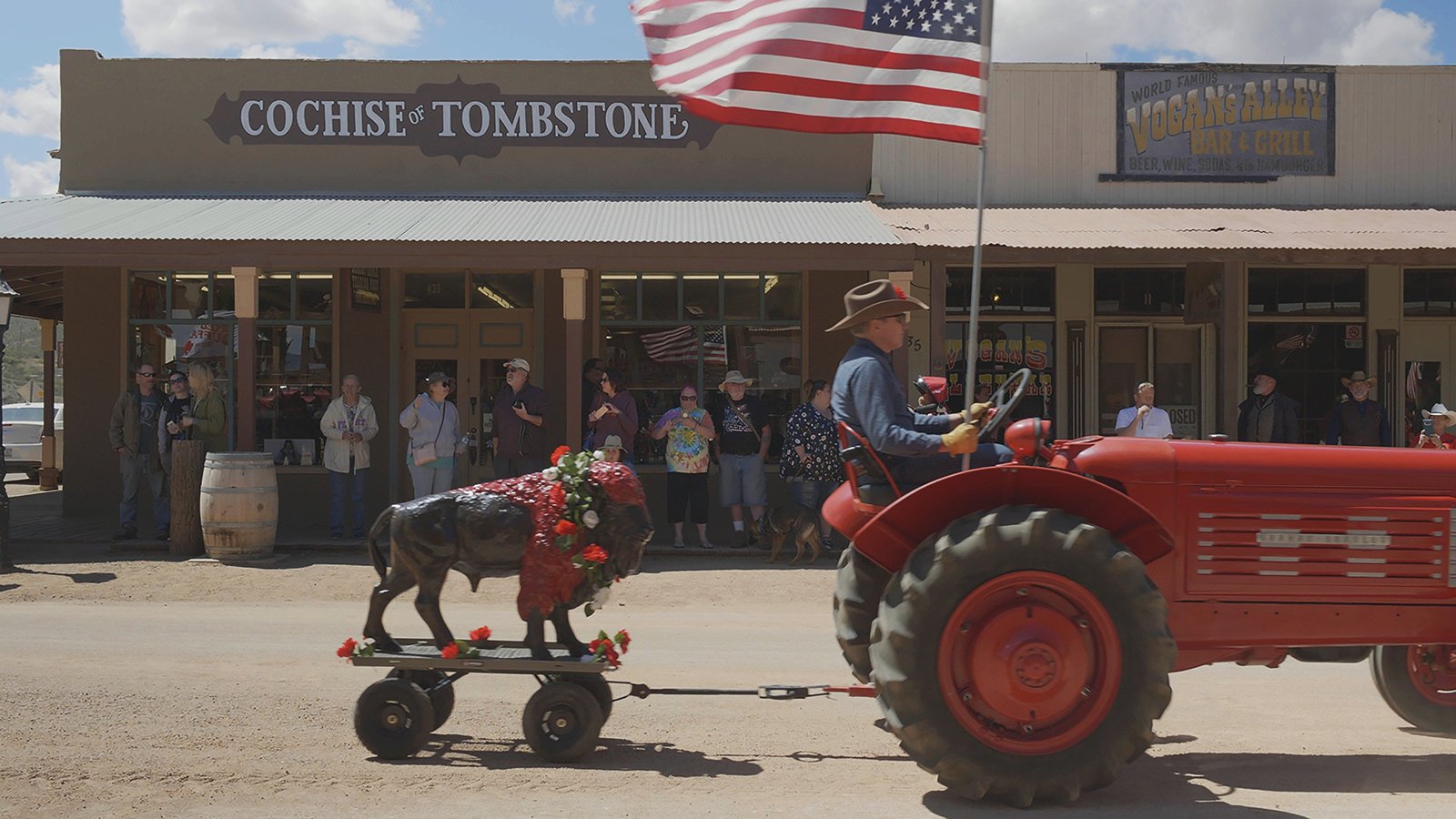


























![Declarations of Independents: The Masterpiece You Missed [DOOMED LOVE]](https://jonathanrosenbaum.net/wp-content/uploads/2011/04/doomed-love.jpg)

























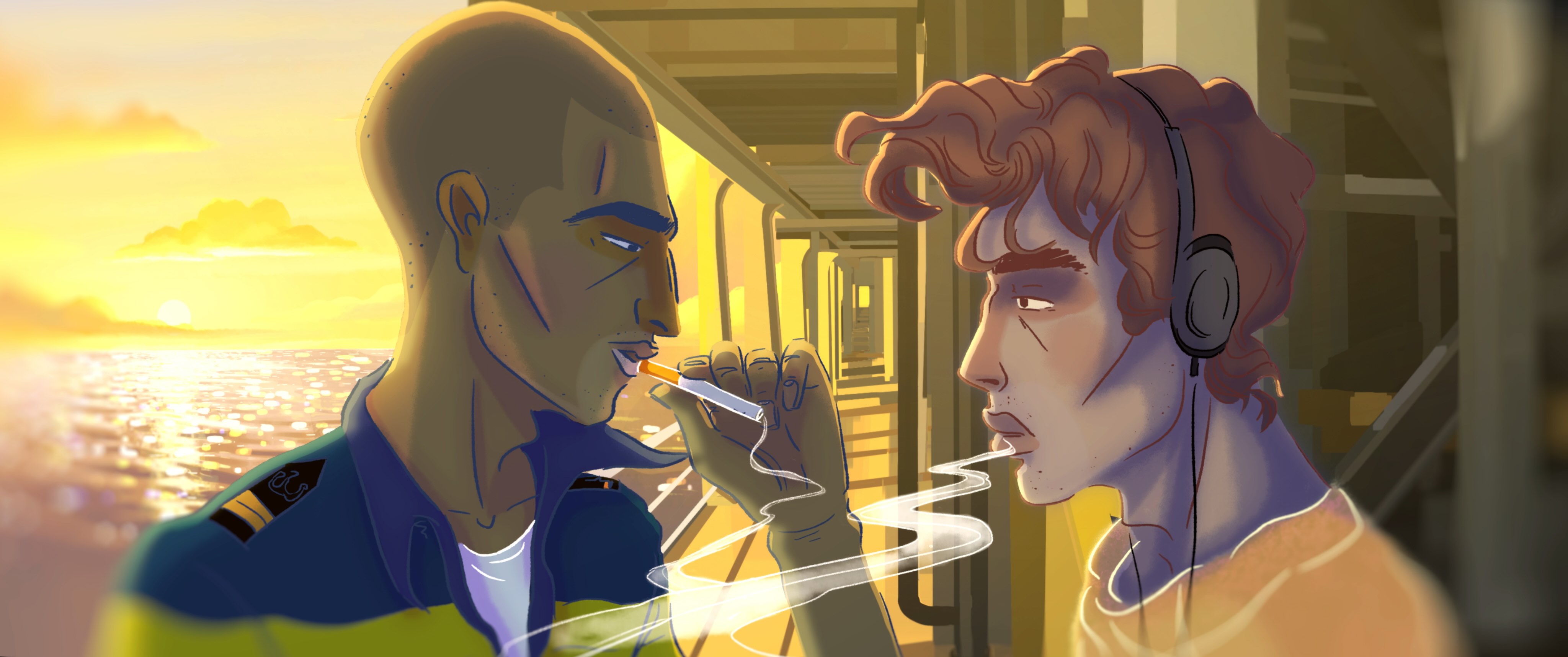


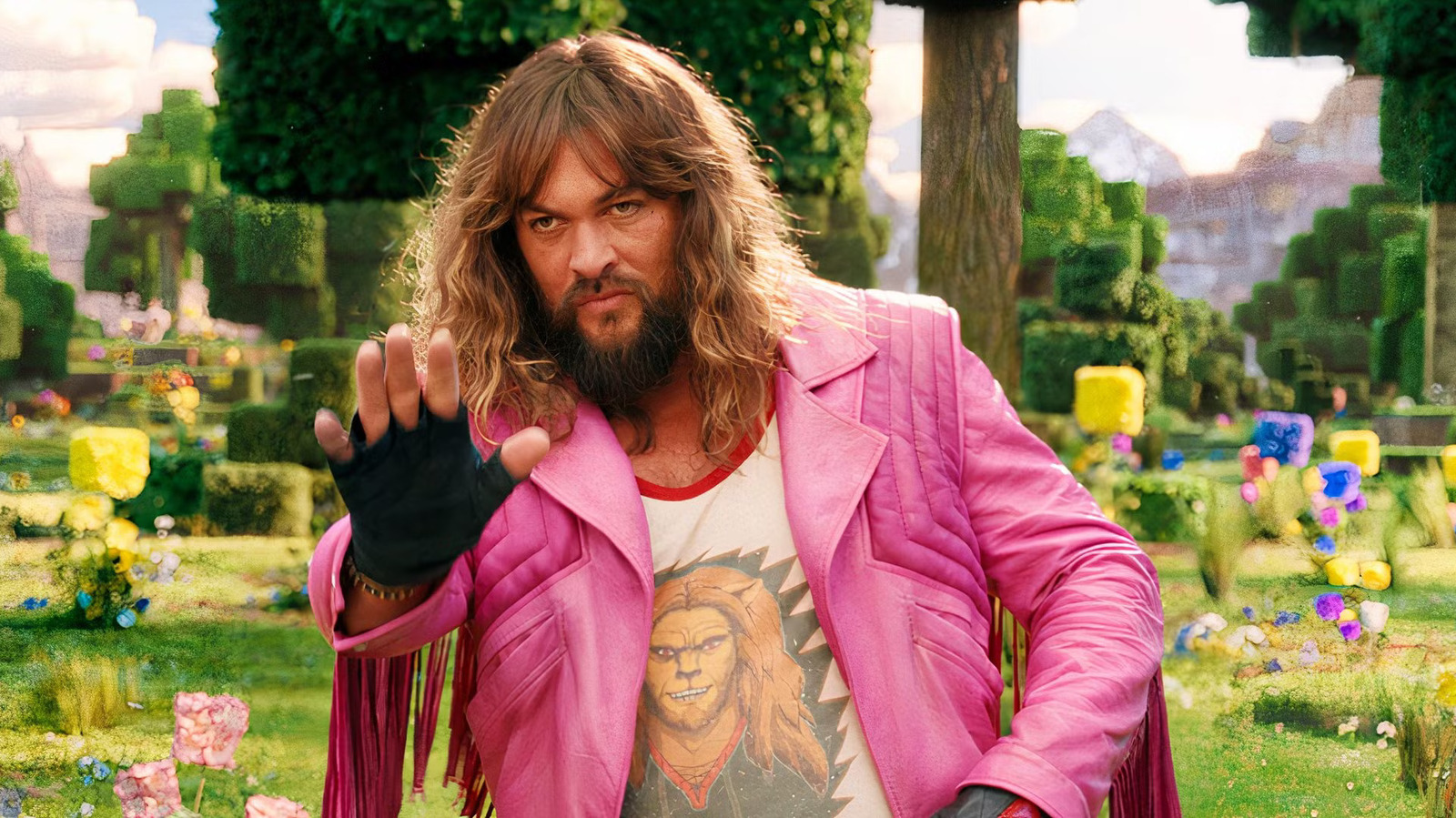
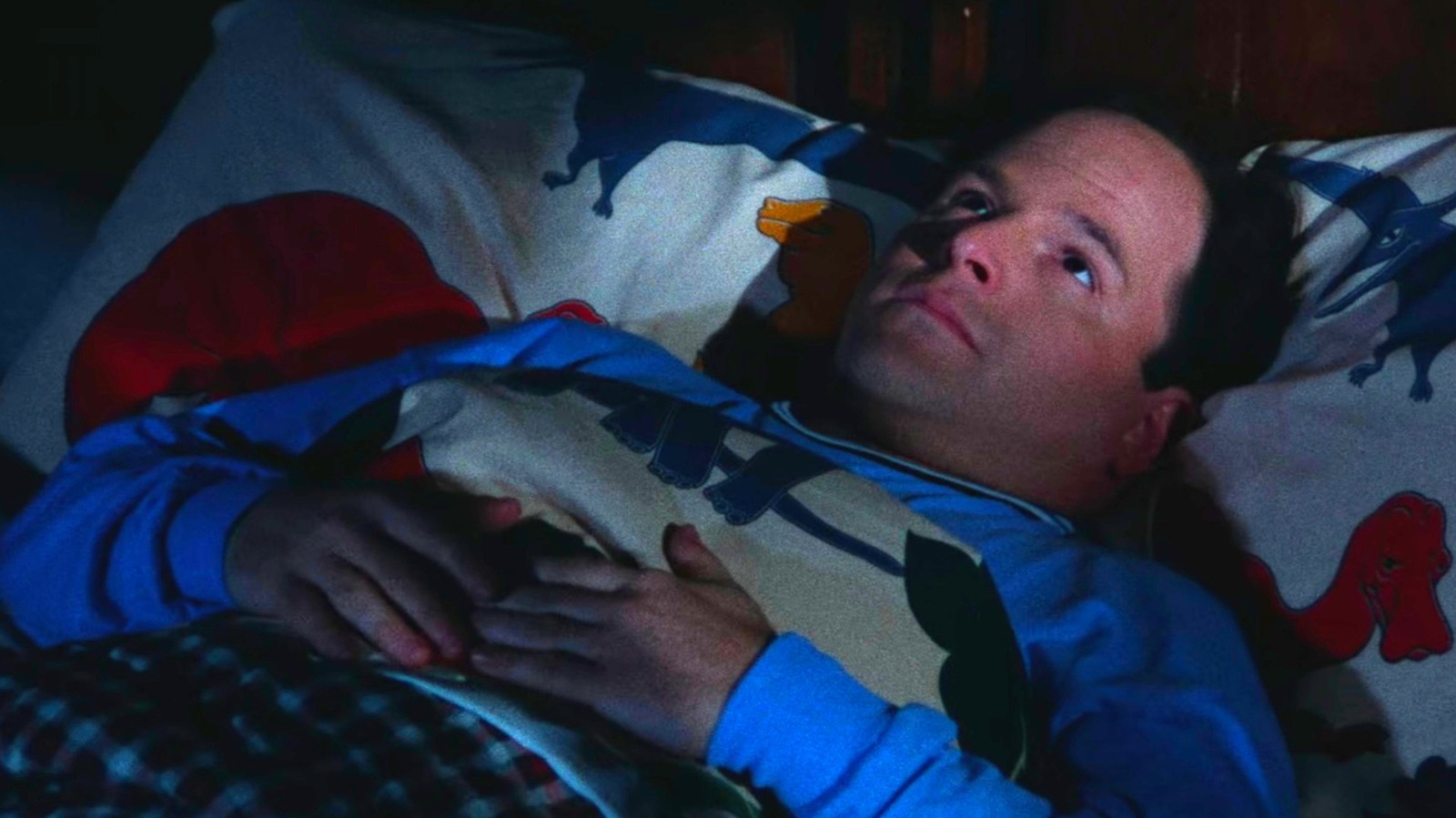

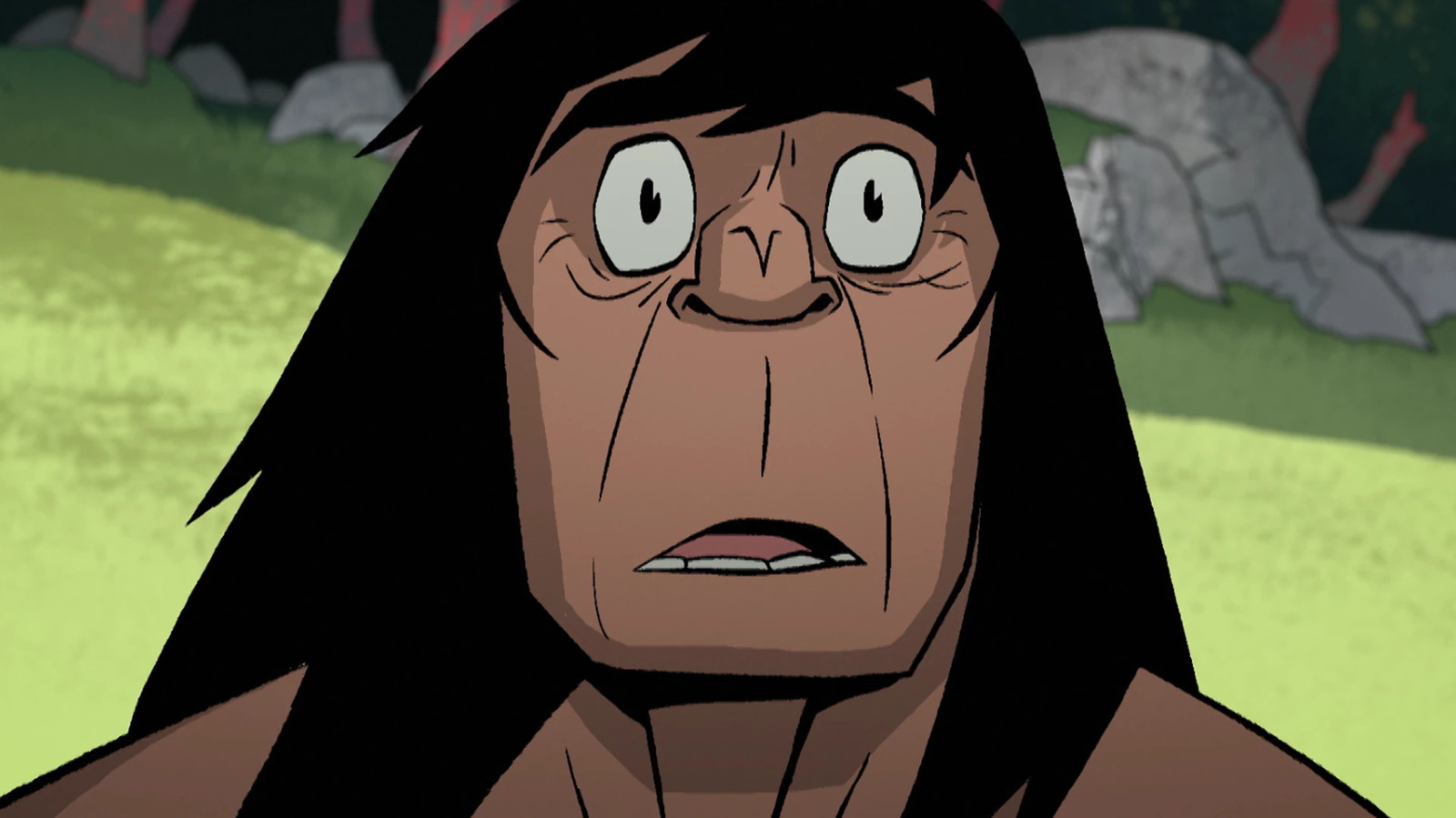





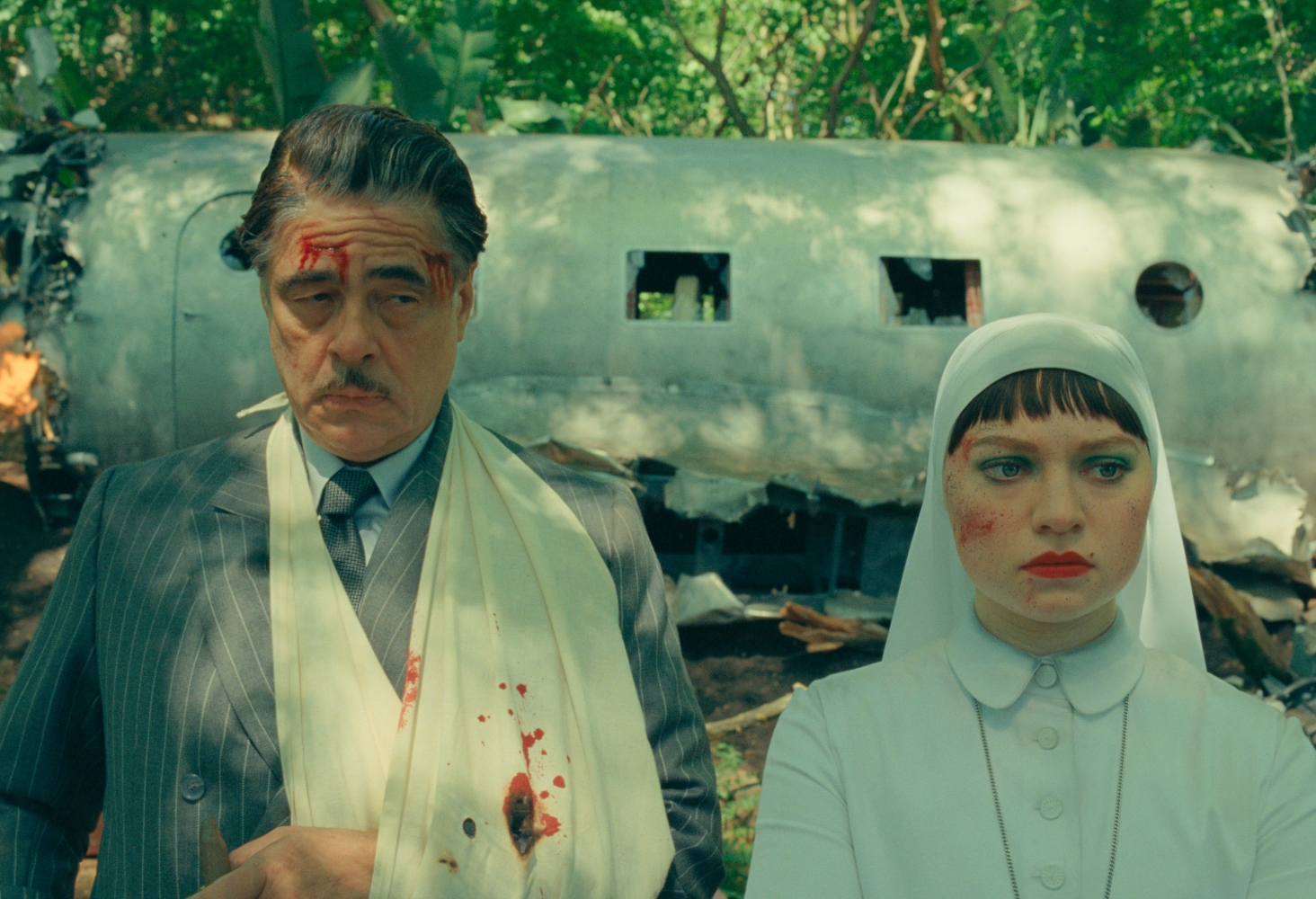


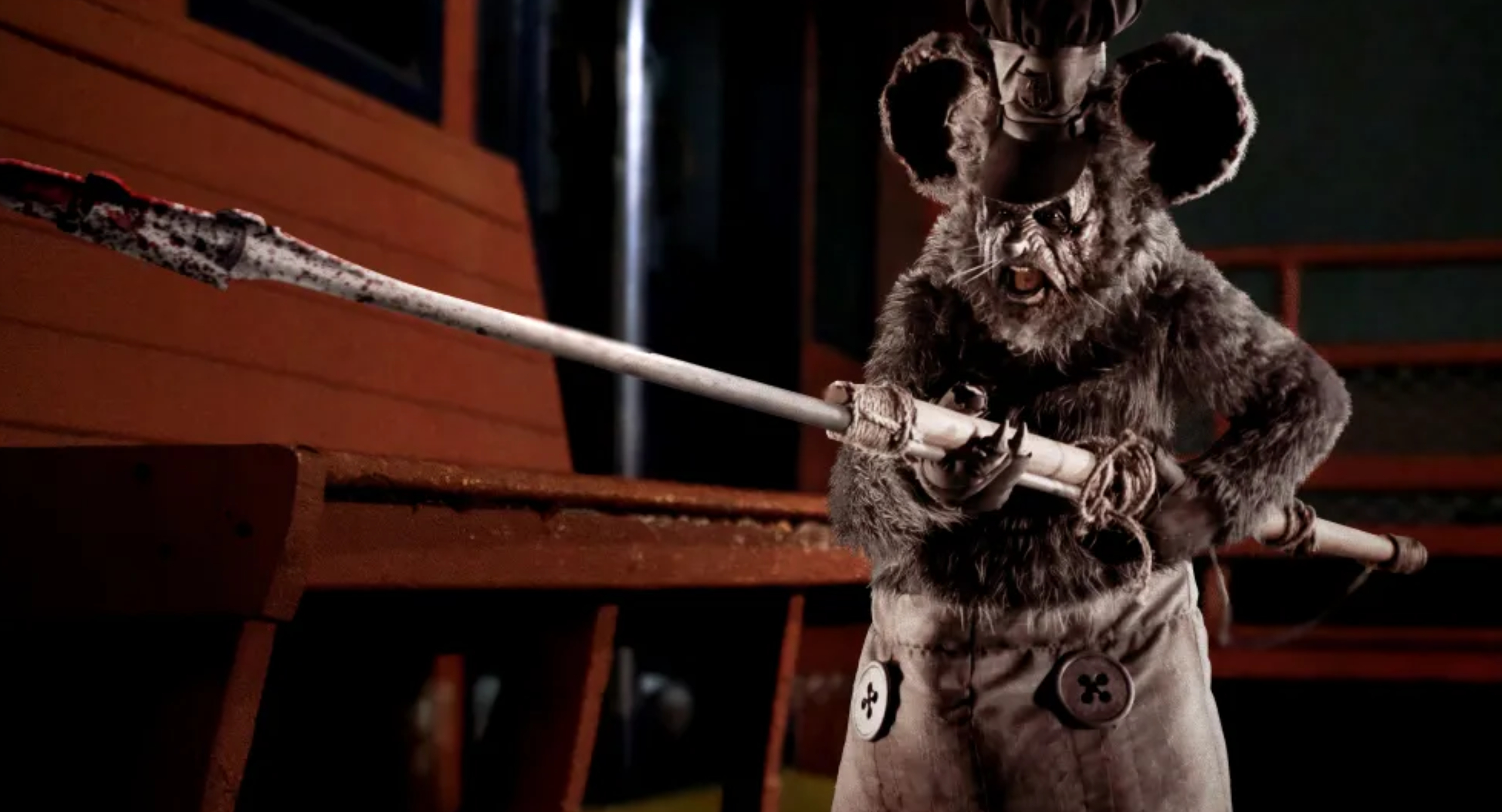

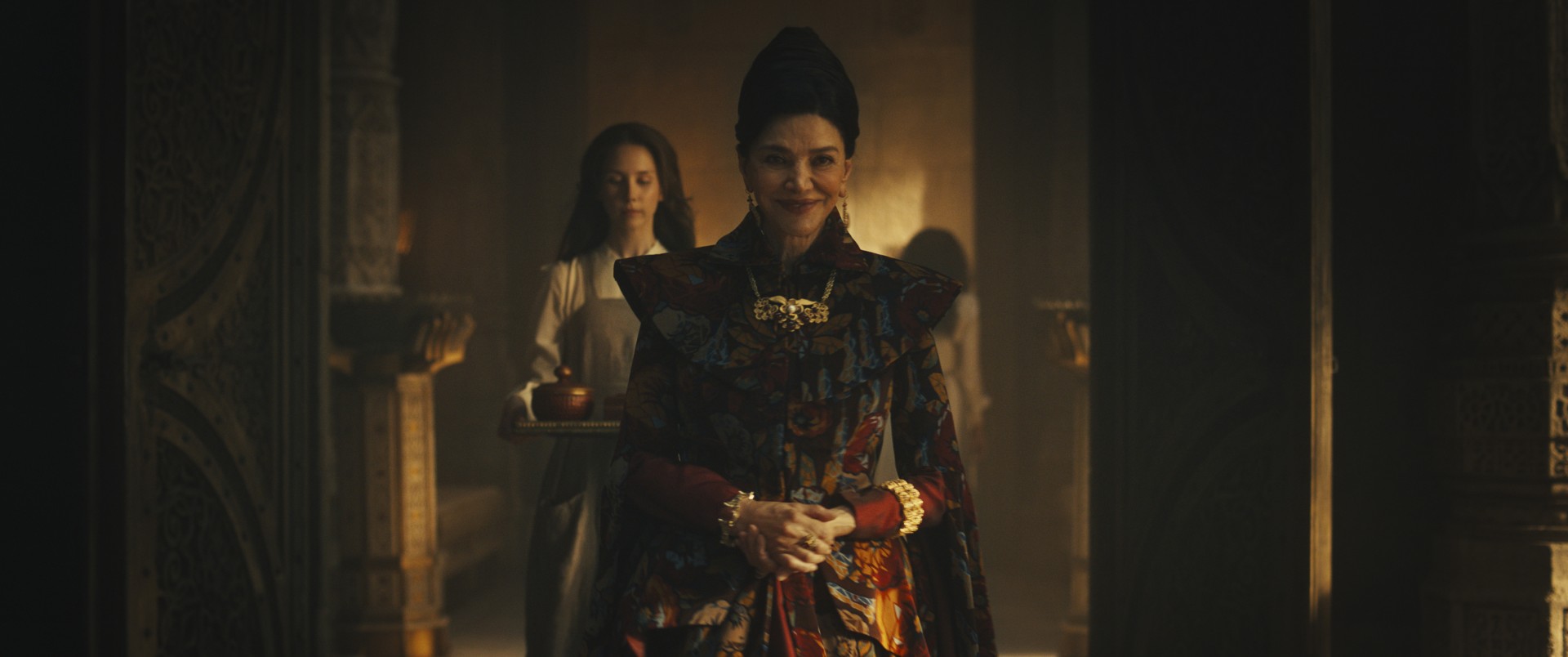







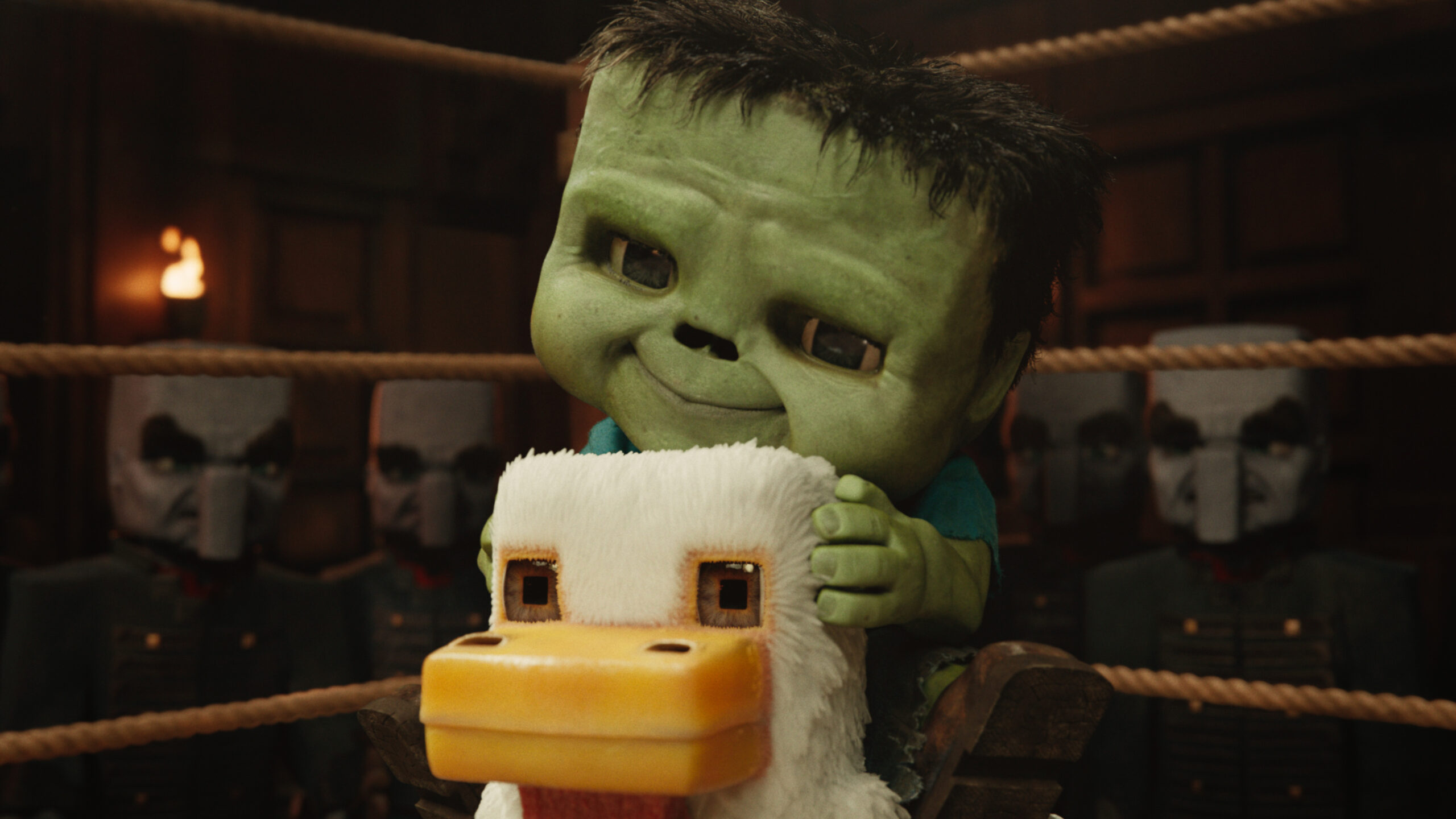









































































































![A Delta One Server at LAX Handed Me a Laminated Venmo Tip Card—With the Airline’s Logo on It [Roundup]](https://viewfromthewing.com/wp-content/uploads/2025/04/delta-one-lounge-lax.jpeg?#)





















(1).jpg?width=1920&height=1920&fit=bounds&quality=80&format=jpg&auto=webp#)




.jpeg?#)



.png?#)





